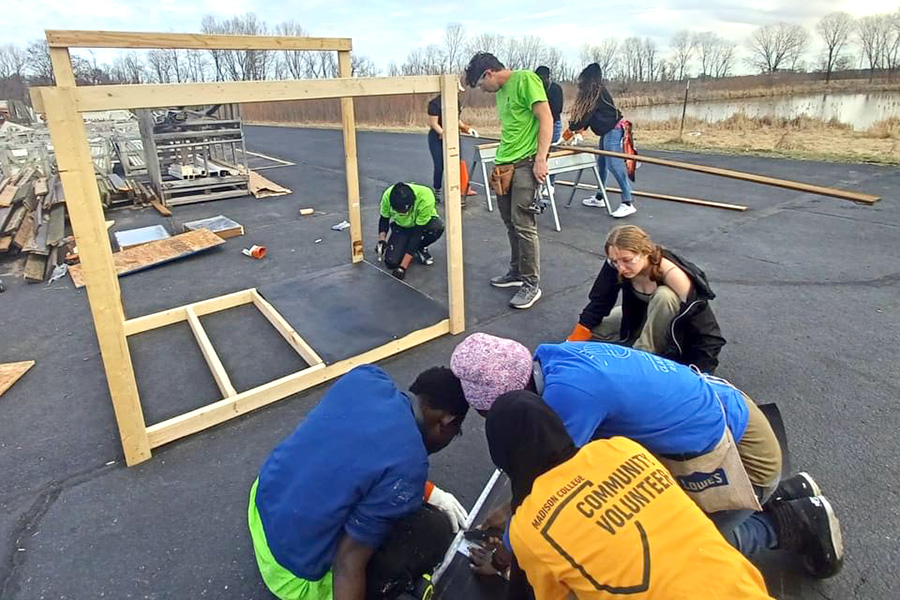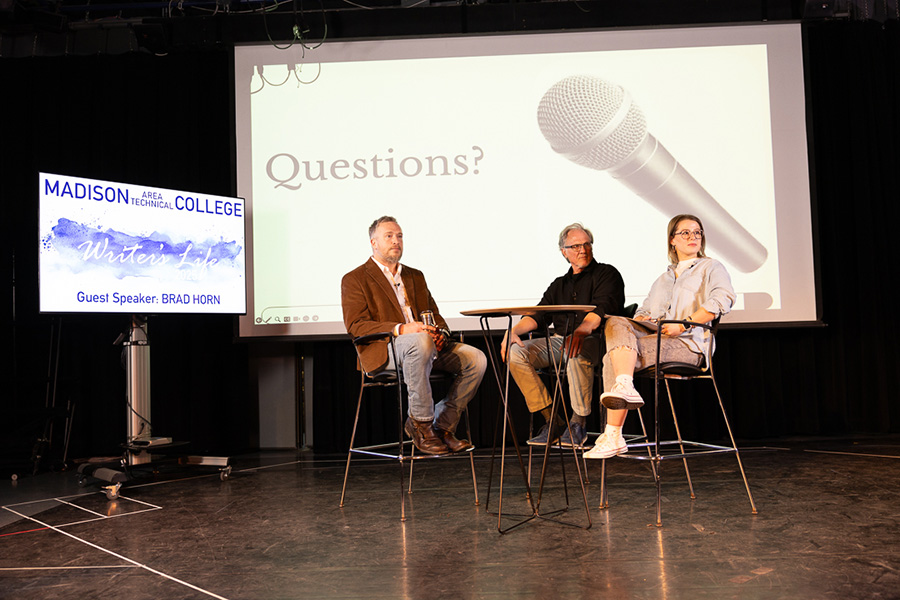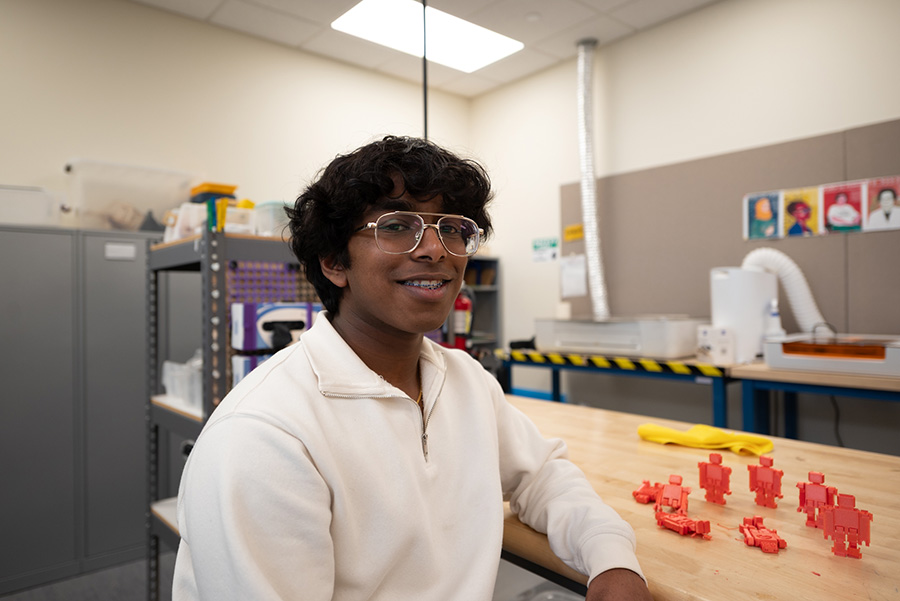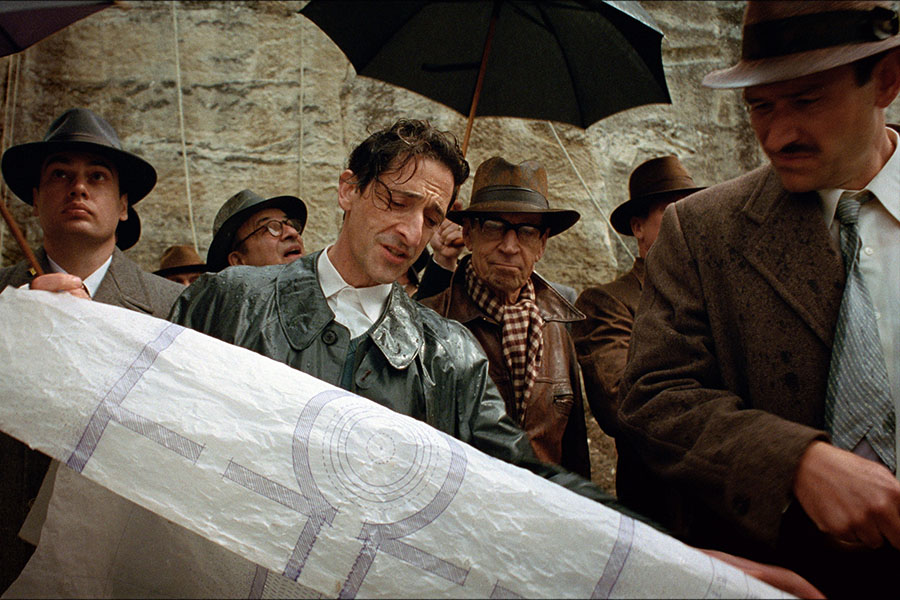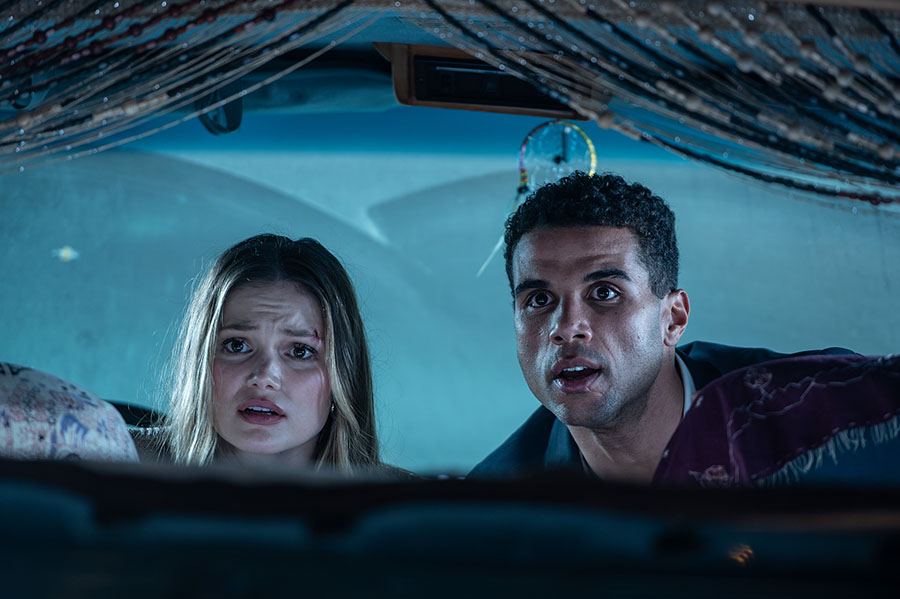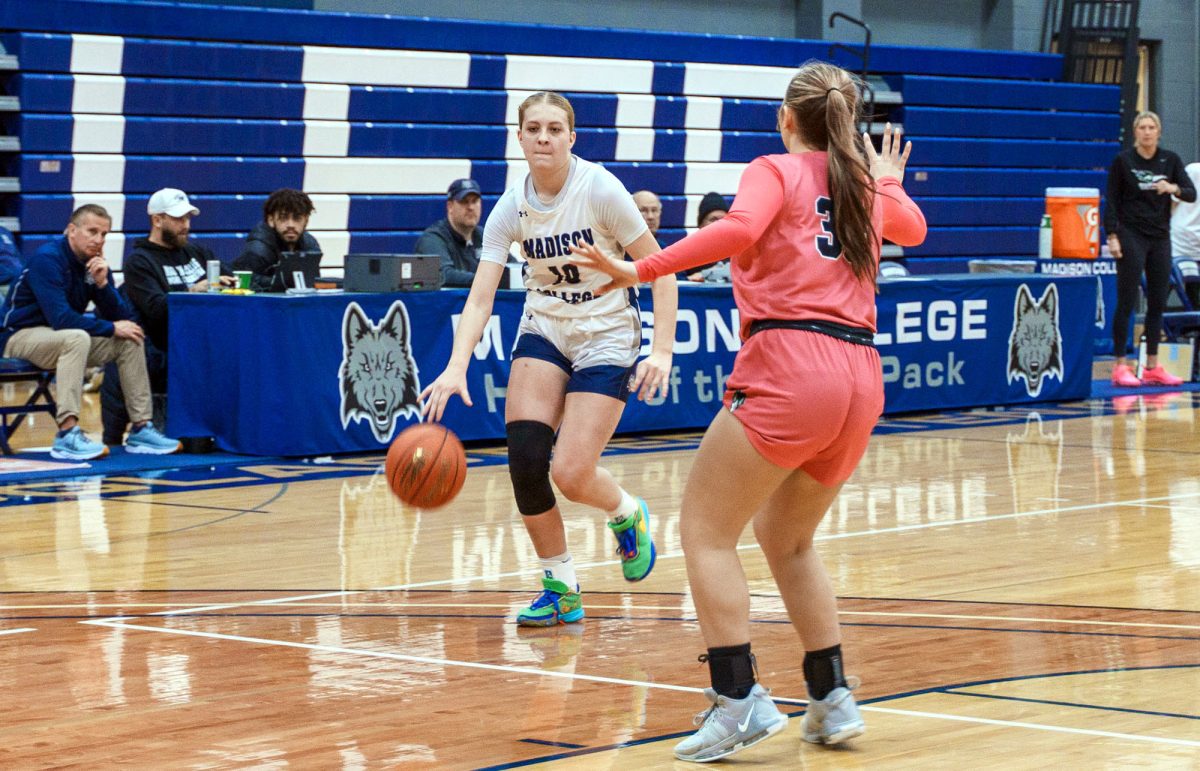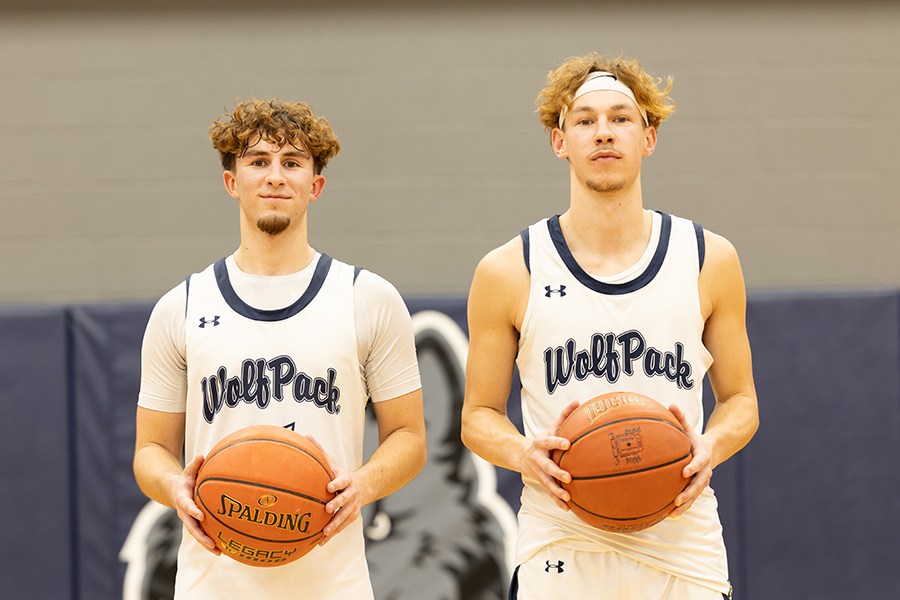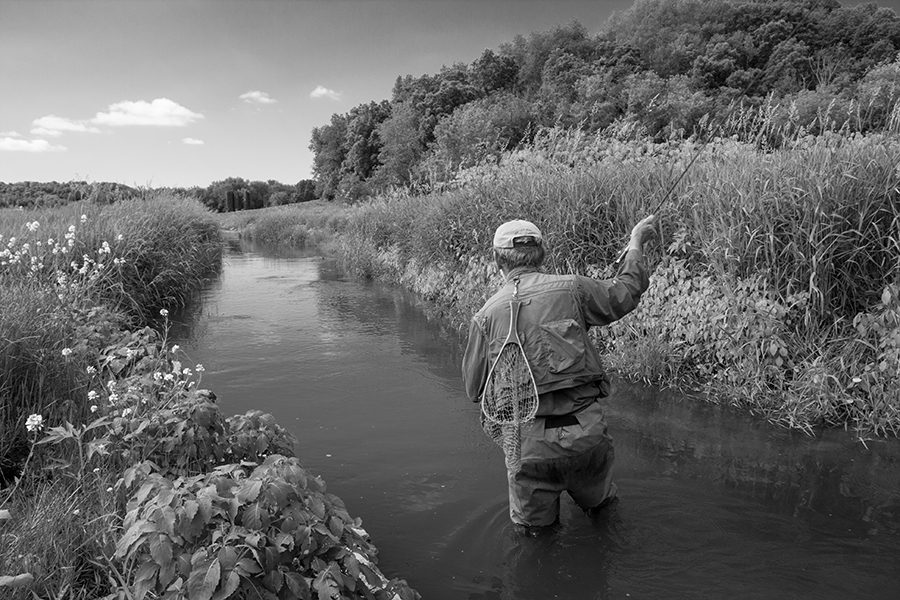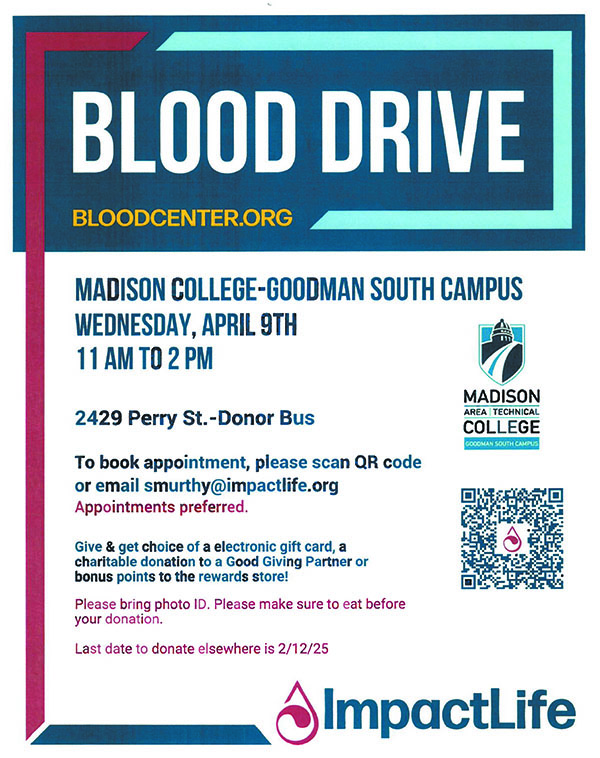Photographer helps preserve natural beauty (Faculty Profile: Mario Quintana)
Photos Provided to the Clarion
Images such as these taken by instructor Mario Quintana capture the state’s natural beauty.
February 13, 2018
For Mario Quintana, a picture is worth much more than a thousand words. As the Madison College’s Photography Program Director, Quintana’s camerawork in nature has made a difference for several local and national conservation organizations.
Quintana has worked locally for Patrick Marsh Conservancy, Clean Wisconsin and River Alliance. Since 2007 he has served as the primary photographer for Groundswell (formerly National Heritage Land Trust).
“Groundswell creates what are called, easements,” Quintana said, “which are legal documents that say, ‘you can’t do anything with this parcel of land, it is preserved.’”
Groundswell creates both conservation easements to protect land for restoration as well as farming easements to preserve small farms. Quintana’s photographs of wetlands, forests, farms, and promotional events appear on newsletters and websites in support of the easements.
“A lot of it is communicating what they do, and highlighting the areas that they protect,” he explains.
When a proposed taconite mine recently threated northern Wisconsin, Quintana was compelled to take action.
“They were going to open it at the headwaters of the Bad River, which flows right through Copper Falls State Park and goes into Lake Superior, where the Bad River Cherokee have lots of wild rice growing, and it would have ruined that entire watershed,” he said.
Along with a Madison College photography student, Quintana decided to document the natural beauty of the area with photos.
The Nature Conservancy, the largest environmental nonprofit organization in the Americas, noticed their work. They commissioned Quintana to take photos for online galleries showcasing the areas that would be damaged.
“We made connections with the ecology specialist for the (Cherokee) tribe up there, and other photographers, and it turned into a major collaboration,” Quintana said.
The mine, however, was never dug.
Quintana expressed his passion, stating: “I think Wisconsin has a huge ongoing tradition in conservation. Wisconsin has a lot of beauty and a lot of people that are determined to keep it that way. The photography helps because it gets the word out about what we could lose. … If you can show people what is at stake and show them what can happen, they will have a much clearer picture.”
With new challenges always at hand, Quintana hopes that more people will continue to get involved with conservation organizations.
“Local organizations, state, national, global organizations, all have bases here. … There is always work to do and not enough people to do it, so it’s really easy. We need to be good stewards to the world around us, because it’s all we’ve got. This is the way I feel like I’m helping,” he said.


